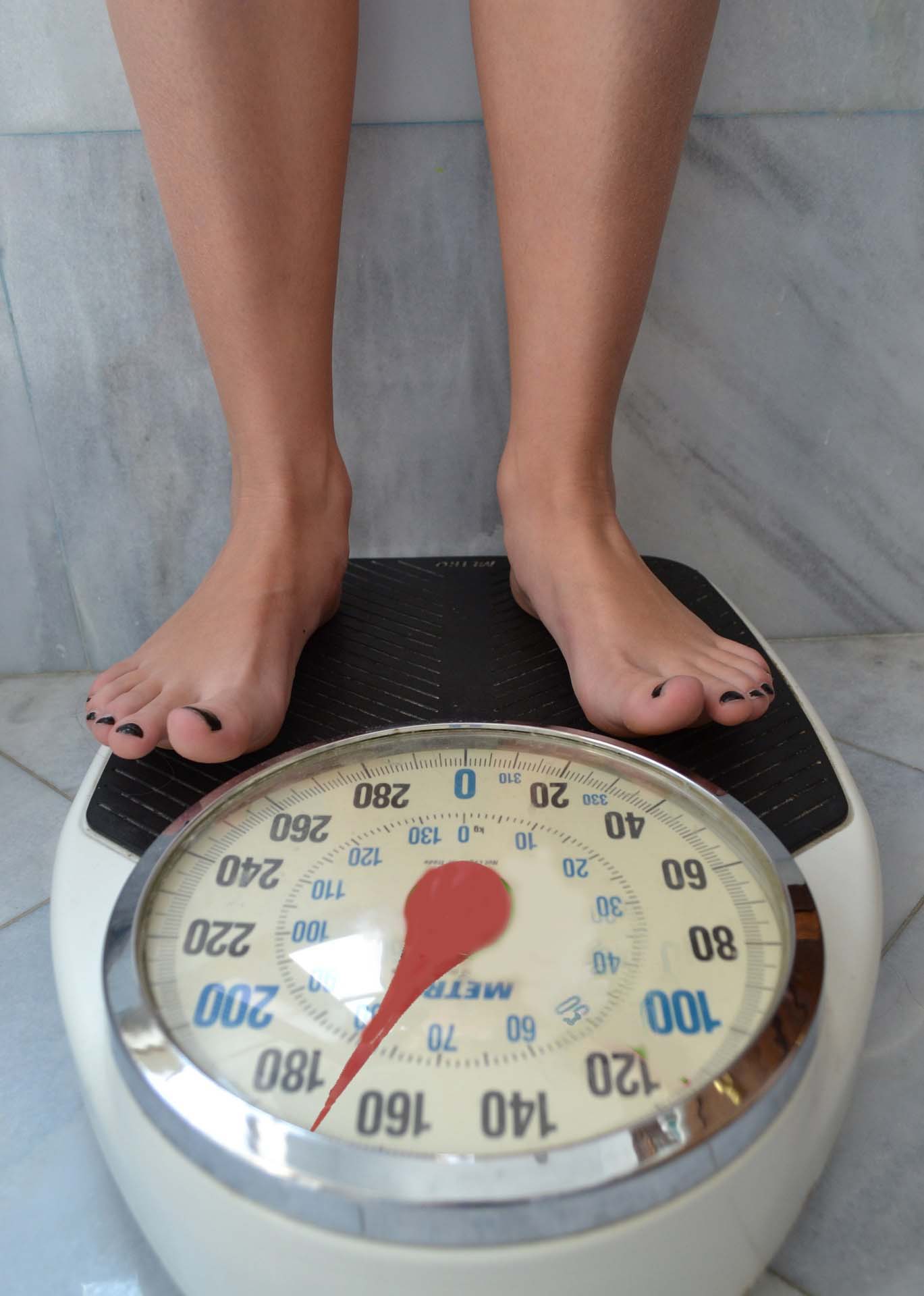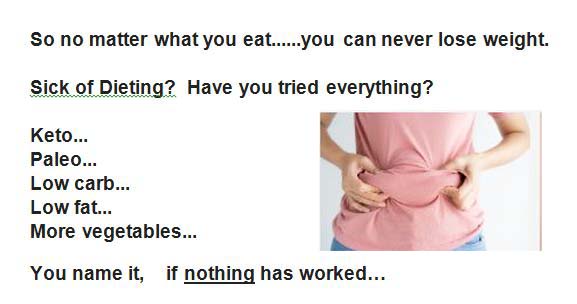Are you overweight?
Before we talk about been overwight or weight loss, we need to look exactly at what been overwight means, how to Calculate Overweight and Obesity, the Health Effects of Overweight and Obesity and the diferent Treatments for Overweight & Obesity:
What is obesity?

Obesity is a disease in which a person has an unhealthy amount and/or distribution of body fat. Compared with people of healthy weight.
A high amount of body fat can lead to weight-related diseases and other health issues. Being underweight is also a health risk. Body Mass Index (BMI) and waist circumference are screening tools to estimate weight status in relation to potential disease risk. However, BMI and waist circumference are not diagnostic tools for disease risks. A trained healthcare provider should perform other health assessments to evaluate disease risk and diagnose disease status.
Body Mass Index (BMI)
To determine if someone has obesity, researchers commonly use a measure known as the body mass index (BMI). BMI is calculated by dividing a person’s weight (in kilograms) by their height (in meters) squared (commonly expressed as kg/m2). BMI provides a more accurate measure of obesity than weight alone, and for most people it is a good (although imperfect) indicator of body fatness.
Use the following calculators to find out your Body Mas Index:
The National Heart Lung and Blood Institute has a BMI calculator for adults and The Centers for Disease Control and Prevention (CDC) has a BMI percentile calculator for children and teens. And for Overweight and obesity people younger than 20 years old, whose BMI can change significantly as they grow, are based on CDC s BMI-for-age growth charts.
and then compared your results to the following chart:
-
If your BMI is less than 18.5, it falls within the underweight range.
If your BMI is 18.5 to 24.9, it falls within the Healthy Weight range.
If your BMI is 25.0 to 29.9, it falls within the overweight range.
If your BMI is 30.0 or higher, it falls within the obese range.
A high BMI can indicate high body fatness, and a low BMI can indicate too low body fatness. Weight that is higher than what is considered as a healthy weight for a given height is described as overweight or obese. Weight that is lower than what is considered as healthy for a given height is described as underweight.
At an individual level, BMI can be used as a screening tool but is not diagnostic of the body fatness or health of an individual. A trained healthcare provider should perform appropriate health assessments in order to evaluate an individual’s health status and risks.
Waist Circumference
Another way to find out if a person is overweight is to to measure your waist circumference. Excessive abdominal fat may be serious because it places you at greater risk for developing obesity-related conditions, such as Type 2 Diabetes, high blood pressure, and coronary artery disease. Your waistline may be telling you that you have a higher risk of developing obesity-related conditions if you are
How To Measure Your Waist Circumference
To correctly measure waist circumference:
Stand and place a tape measure around your middle, just above your hipbones
Make sure tape is horizontal around the waist
Keep the tape snug around the waist, but not compressing the skin
Measure your waist just after you breathe out
Waist circumference can be used as a screening tool but is not diagnostic of the body fatness or health of an individual. A trained healthcare provider should perform appropriate health assessments in order to evaluate an individual’s health status and risks.
Health Effects of Overweight and Obesity

According to the Centers for Disease Control and Prevention, Obesity results from the energy imbalance that occurs when a person consumes more calories than their body burns. Obesity is a serious public health problem because it is associated with some of the leading causes of death in the U.S. and worldwide, people who have overweight or obesity*, compared to those with healthy weight, are at increased risk for many serious diseases and health conditions. These include:
High blood pressure (hypertension).
High LDL cholesterol, low HDL cholesterol, or high levels of triglycerides (dyslipidemia).
Type 2 diabetes.
Coronary heart disease.
Stroke.
Gallbladder disease.
Osteoarthritis (a breakdown of cartilage and bone within a joint).
Sleep apnea and breathing problems.
Many types of cancer.
Low quality of life.
Mental illness such as clinical depression, anxiety, and other mental disorders.
Body pain and difficulty with physical functioning.
Also According to National Cancer Institute those with overweight or obesity are at greater risk for many diseases, including diabetes, high blood pressure, cardiovascular disease, stroke, and at least 13 types of cancer, as well as having an elevated risk of death from all causes.
Ways to maintaining a healthy weight
Achieving and maintaining a healthy weight includes healthy eating, physical activity, optimal sleep, and stress reduction. Several other factors may also affect weight gain.
Healthy eating features a variety of healthy foods. Fad diets may promise fast results, but such diets limit your nutritional intake, can be unhealthy, and tend to fail in the long run.
Physical activity is a great way to lose weight and to maintain a healthy wait, but how much exercise you need depends on whether you are trying to maintain your weight or lose weight. Walking, dancing, swimming, biking, aerobic exercises, weight lifting, etc. are good ways to add more physical activity to your lifestyle.
Treatment for Overweight & Obesity

According to the National Institute of Diabetes and Digestive and Kidney Diseases, common treatments for overweight and obesity include losing weight through healthy eating, being more physically active, and making other changes to your usual habits. Weight-management programs may help some people lose weight or keep from regaining lost weight. Some people who have obesity are unable to lose enough weight to improve their health or are unable to keep from regaining weight. In such cases, a doctor may consider adding other treatments, including weight-loss medicines, weight-loss devices, or bariatric surgery.
In this section:
,
Healthy eating plan and regular physical activity
Following a healthy eating plan with fewer calories is often the first step in trying to treat overweight and obesity.
People who are overweight or have obesity should also start regular physical activity when they begin their healthy eating plan. Being active may help you use calories. Regular physical activity may help you stay at a healthy weight.
Try to fill half your plate with non-starchy vegetables such as: asparagus, broccoli, carrot, cucumber, salad greens, squash or tomatoes.
Also, make sure to get some beans, berries, citrus fruits, lean meat, nuts, poultry or fish.
In general, less-processed food is better. That's because it has a lower glycemic index, which means it may have less of an effect on your blood sugar.
Changing your habits
Changing your eating and physical activity habits and lifestyle is difficult, but with a plan, effort, regular support, and patience, you may be able to lose weight and improve your health. The following tips may help you think about ways to lose weight, engage in regular physical activity, and improve health over the long-term.
Be prepared for setbacks, they are normal. After a setback, like overeating at a family or workplace gathering, try to regroup and focus on getting back to your healthy eating plan as soon as you can. Try to eat only when you are sitting at your dining room or kitchen table. At work, avoid areas where treats may be available. Track your progress using online food or physical activity trackers, that can help you keep track of the foods you eat, your physical activity, and your weight. These tools may help you stick with it and stay motivated.
Set goals. Having specific goals can help you stay on track. Rather than being more active, set a goal to walk 15 to 30 minutes before work or at lunch on Monday and Friday. If you miss a walk on Monday, pick it up again Tuesday.
Seek support. Ask for help or encouragement from your family, friends, or health care professionals. You can get support in person, through email or texting, or by talking on the phone. You can also join a support group. Specially trained health professionals can help you change your lifestyle.
Weight-management programs
Some people benefit from a formal weight-management program. In a weight-management program, trained weight-management specialists will design a broad plan just for you and help you carry out your plan. Plans include a lower-calorie diet, increased physical activity, and ways to help you change your habits and stick with them. You may work with the specialists on-site (that is, face-to-face) in individual or group sessions. The specialists may contact you regularly by telephone or internet to help support your plan. Devices such as smartphones, pedometers, and accelerometers may help you track how well you are sticking with your plan.
Some people may also benefit from online weight-management programs or commercial weight-loss programs.
Weight-loss medicines
When healthy eating and physical activity habits are not enough, your doctor may prescribe medicines to treat overweight and obesity.
You should try to stick with your healthy eating plan and continue getting regular physical activity while taking weight-loss medicines.
You may see ads for herbal remedies and dietary supplements that claim to help you lose weight - Some of them are really good. But many of those claims are not true. Some of those supplements can even have serious side effects. Talk with your doctor before taking any over-the-counter herbal remedies or dietary supplements for the purpose of trying to lose weight.
Weight-loss devices
Your doctor may consider weight-loss devices if you haven’t been able to lose weight or keep from gaining back any weight you lost with other treatments. Because weight-loss devices have only recently been approved, researchers do not have long-term data on their safety and effectiveness. Weight-loss devices include
Electrical stimulation system. The electrical stimulation system uses a device a surgeon places in your abdomen with laparoscopic surgery. The device blocks nerve activity between your stomach and brain.
Gastric balloon system. For the gastric balloon system, a doctor places one or two balloons in your stomach through a tube that goes in your mouth. Once the balloons are in your stomach, the surgeon fills them with salt water so they take up more space in your stomach and help you feel fuller.
Gastric emptying system. A gastric emptying system uses a pump to drain part of the food from your stomach after a meal. The device includes a tube that goes from the inside of your stomach to the outside of your abdomen. About 20 to 30 minutes after eating, you use the pump to drain the food from your stomach through the tube into the toilet.
Bariatric surgery
Bariatric surgery includes several types of operations that help you lose weight by making changes to your digestive system. Bariatric surgery may be an option if you have extreme obesity and have not been able to lose enough weight to improve your health or keep from gaining back the weight you lost with other treatments. Bariatric surgery also may be an option at lower levels of obesity if you have serious health problems, such as type 2 diabetes or sleep apnea, related to obesity. Bariatric surgery can improve many of the medical conditions linked to obesity, especially type 2 diabetes.
Special diets
Calorie-restricted diets
Your doctor may recommend a lower-calorie diet such as 1,200 to 1,500 calories a day for women and 1,500 to 1,800 calories a day for men. The calorie level depends on your body weight and physical activity level. A lower calorie diet with a variety of healthy foods will give you the nutrients you need to stay healthy.
Intermittent fasting
Intermittent fasting is another way of reducing food intake that is gaining attention as a strategy for weight loss and health benefits. Alternate-day fasting is one type of intermittent fasting that consists of a - fast day - (eating no calories to one-fourth of caloric needs) alternating with a - fed day,- or a day of unrestricted eating. Researchers have conducted only a few studies of intermittent fasting as a strategy for weight loss. They have no long-term data on the safety and effectiveness of intermittent fasting for long-term weight maintenance.
References:
the Centers for Disease Control and Prevention Health Effects of Overweight and Obesity
National Cancer Institute Health risk of Overweight or Obesity
the National Institute of Diabetes and Digestive and Kidney Diseases Obesity treatments
the Centers for Disease Control and Prevention Weight Assesment
the National Institute of Diabetes and Digestive and Kidney Diseases Obesity Health Risk






